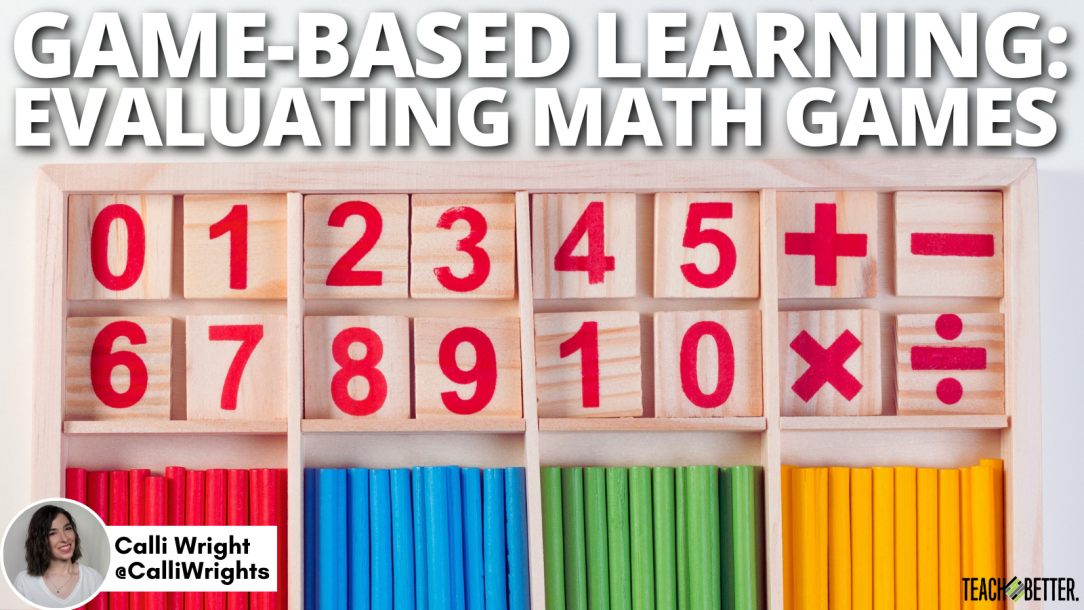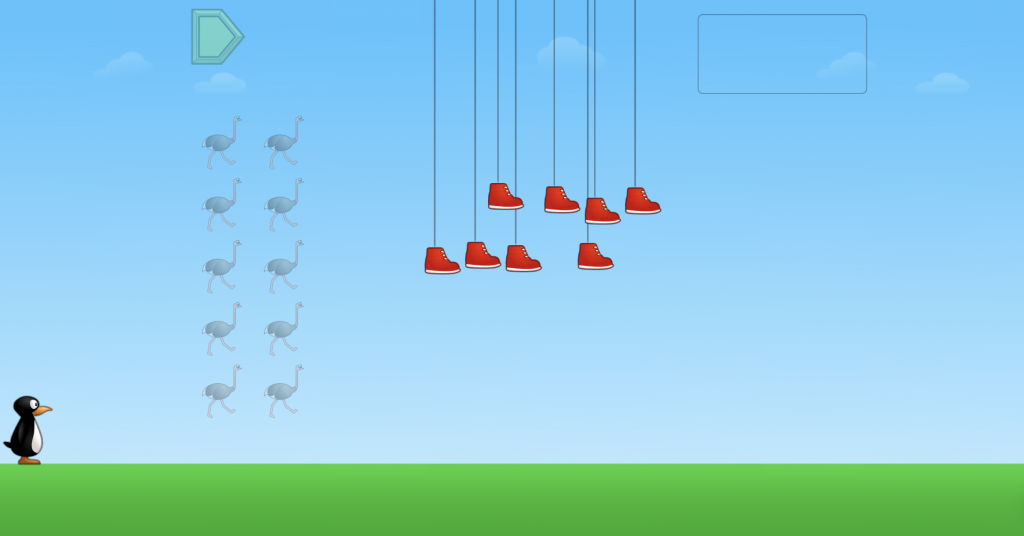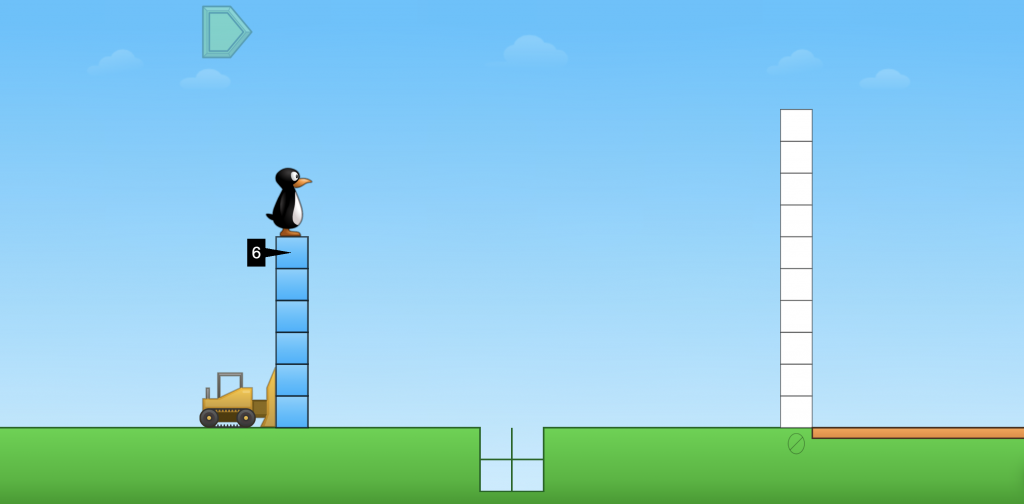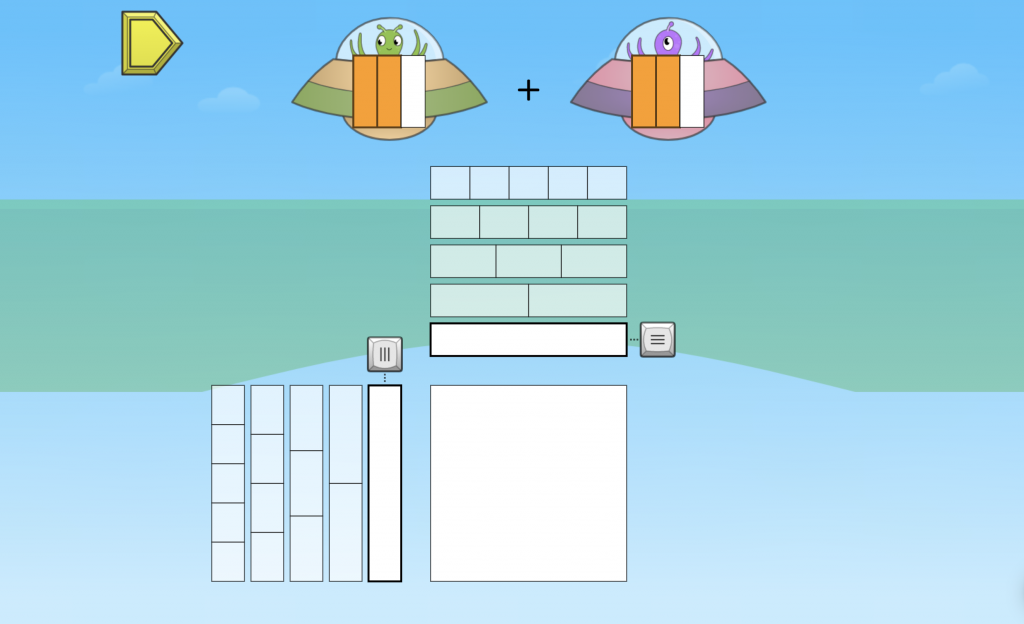TL;DR:
- Game-based learning is a great way to engage students in exploring a math concept in a new way.
- Not all free (or even paid) math games are created with equal care and research.
Math games have an incredible opportunity to affect students’ mindsets about math, confidence in their abilities, perseverance, grit, and so much more.
However, not all math games are created with equal care, research, and evaluation of learning outcomes. That’s why math games can sometimes get a bad reputation as filler, or “not really learning” content.
There ARE good math games out there, and even free options that are better than some paid options. Now, let’s dig into how to evaluate the math games out there!
You are the best judge of what is right for your students and where they are in their learning journey. One of the best ways to decide if a game is right for them is to play it yourself. Click To Tweet1. Is it game-based learning or gamification?
Game-based learning and gamification at immediate glance may seem like similar and interchangeable terms.
Game-based learning is a type of active learning experience within a game framework. It has specific learning objectives and measurable outcomes. Gamification, on the other hand, is the process of adding game elements or mechanics to an experience to increase engagement or enjoyment.
While both terms combine games and learning, the difference lies in how game elements are integrated into the learning experience.
Look for: math modeling, celebration of correct answers that reinforces their hard work intrinsically.
Avoid: elements like badges, leaderboards, timed activities, and rewards or points that fall into the gamification category—many times they look like digitized worksheets.
2. How much play time is spent learning?
Are students spending the majority of their time with the learning components? Or are there distractions that take them out of the learning? In my experience, sometimes students will purposefully spend extra time on these distractions to avoid the math. Yikes! That is not what we want!
Look for: straightforward design elements that directly relate to the learning objective.
Avoid: customization elements like avatars, backgrounds, accessories and pets, and anything students can spend time on to avoid the learning components of the game.
3. Is the content challenging and engaging?
Going further with the above question, we don’t want students to avoid math, but seek it out. What does that look like?
The best games are “tantalizingly tricky,” as mathematics researcher Dr. Matthew Peterson, says. It’s that fine line between struggle that is productive and unproductive, a challenge that is not quite out of reach. That feeling of, “If only I could figure out this one thing, I know it would all make sense…” and that feeling makes the accomplishment of solving the problem all that much sweeter and more satisfying!
Look for: new content, or exploring covered content in a new way to help students make connections to their classroom math lessons.
Look for: moments that give students pause and force them to stop and think, and open-ended answer options.
Avoid: multiple-choice questions and games that give away the answer if a student’s answer is incorrect and games that students can randomly click around in without thinking.
4. Is there any research on learning outcomes?
This question is a tricky one, as it’s easy to cherry-pick data, make a graph, and adjust the elements to give the appearance of maximum effect. Being discerning here often requires looking further than the surface level. Familiarity with academic language and statistics definitely helps. But there are a few high-level distinctions that can help you tell if game developers are serious about impacting student outcomes.
Look for: multiple studies, studies on students like yours, studies with high volume of students, effect size over .25, a variety of studies (Random Control Trial, internal studies, third party studies), and recent studies.
Avoid: internal-only methods of measurement (self-created quizzes/tests, surveys only), graphs/statistics that don’t link to a full study, and vague or overpromising language.
[scroll down to keep reading]Go Forth and Play!
Finally, I’d recommend playing some of the games you’re considering as a student would.
You are the best judge of what is right for your students and where they are in their learning journey. One of the best ways to decide if a game is right for them is to play it yourself.
Recommended first step? Check out the free math games available on the ST Math website, which cover several topics from pre-K to eighth grade. As a nonprofit and research organization, MIND Research Institute has had the freedom to create high-quality learning experiences and incorporate research from over the last 20 years in math education, including 100+ studies on our program. Our mission is to mathematically equip all students to solve the world’s biggest challenges and I hope you’ll join our community!
About Calli Wright
Calli Wright is a game designer and marketing expert passionate about supporting educators and students. As marketing manager at MIND Research Institute, she leads a team in building communities around the nonprofit’s programs, including award-winning supplemental program ST Math.
Calli is also part of the design team for MathMINDs Games and designs other board games, including Moonshell: A Mermaid Game. Previously, Calli assistant taught, tutored K-8, and worked at Pretend City Children’s Museum. She holds a Bachelor of Liberal Arts from Whittier College and a Master of Arts in English language and literature from California State University Fullerton.







